Gino's East
- Famous Dave's
- Fatburger
- Five Guys
- Fleming's
- Freddy's
- Fuddruckers
- Gino's East
- Giordano's
- Gordon Biersch
- Hard Rock Cafe
- Hardee's
- Hattie B's
- HoneyBaked
- Hooters
- Hot Dog on a Stick
- Houlihan's
- House of Blues
- Houston's
- IHOP
- IKEA
- In-N-Out
- Islands
- It's Just Wings
- Jack in the Box
- Jamba Juice
- Jason's Deli
- Jim 'N Nicks Bar-B-Q
- Joe's Crab Shack
- Joe's Stone Crab


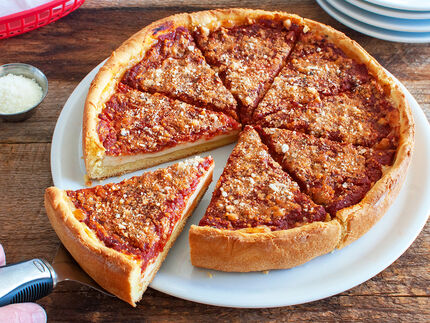


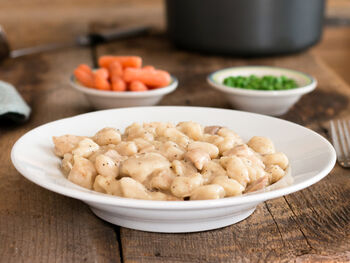

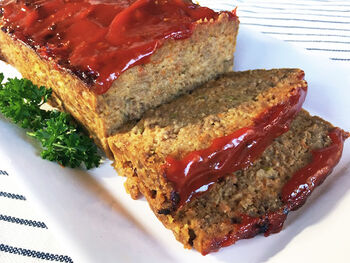
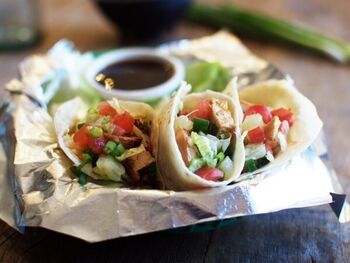


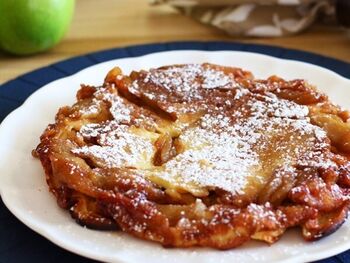
.png)


